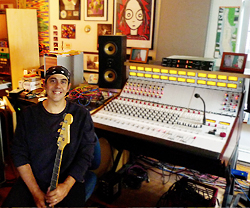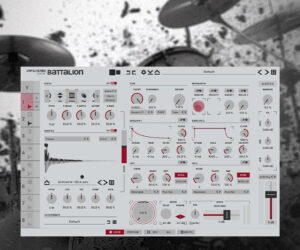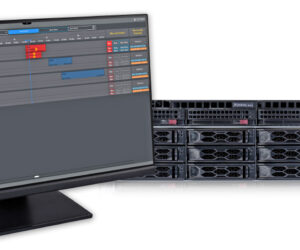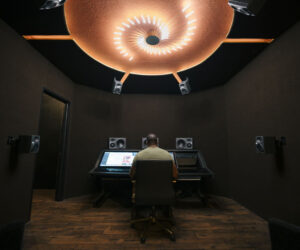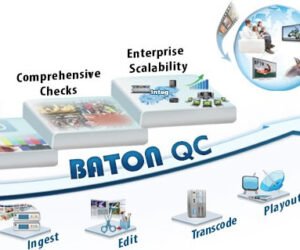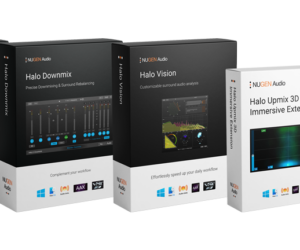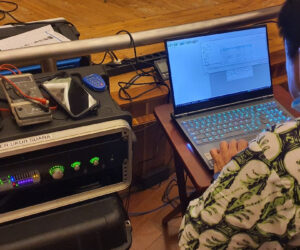Producer, mixer and musician Mark Plati has installed a 16-channel Rupert Neve Designs 5088 discrete analog mixing console, outfitted with 10 Portico 5032 mic pre/EQ, a 5042 tape emulator and two 5042 dual compressor/limiter modules, plus Tonelux ShadowMix fader automation, at Alice’s Restaurant, his private studio in New York City’s East Village.
Plati, who is probably best known for his long working relationship with David Bowie, both in the studio and on the road, upgraded to the 5088 desk in response to shrinking record label budgets and the resulting increase in do-it-yourself productions.
As a result of the shift in the record business, explains Plati, “I began to do more and more work out of my own space. Around 2001 or so I was still mixing entirely in commercial studios in New York, carting all my gear around with me. But, as budgets began to shrink over time, it became necessary for me to do more and more production work at my own place – to the point where II actually had to mix certain projects there. So, over time I began to add more equipment to my studio, especially high end audio gear like compressors and EQ.”
A passive summing box had served him well, says Plati: “But I knew that, for me, I needed a console if I was going to mix at the standard I wanted to meet.”
Price and size considerations meant that it was impractical to consider a large-format vintage console, so he began to research the new generation of small-format analog desks. “In late 2009 I got a chance to work on a 5088 that was set up at the Magic Shop in Manhattan, and I pretty much knew right away that was going to be it for me,” he recalls. “It was all there for me – warmth yet punch, and a depth I’d not felt in the other desks I’d auditioned. It was loaded with 5032 Portico modules; I was really taken with how flexible they were and how great and musical they sounded.”
The console has changed the way that Plati works and improved the audio quality of his mixes, thanks to the generous headroom created by the high voltages used in Mr. Neve’s 5088 circuits.
“I used to have to work so hard to get a mix to sound half as good as it does with me just putting it through the 5088 without doing a thing to it,” he reports. “I can really hit the output of Pro Tools a lot beefier than I used to, simply because the 5088 modules can take that kind of input. It feels like Pro Tools is a bit more open than I was able to make it before. And I can really hit the 5088’s mix bus – it takes it, and it likes it! What this all means for me in practical terms is that I can now focus more energy on being creative.”
The ShadowMix fader automation has also had an impact on his mixing workflow, Plati comments. “ShadowMix has enabled me to go back and forth between sessions and recall mixes in a shot. It’s changed the way that I work. I’ve been mixing two albums simultaneously on the desk, just by changing patches and using different outboard for the different projects. The faders snap back to where they were and follow all my moves – for my little studio, it’s just genius.”
A musician since the age of 10, Plati also worked as an engineer and mixer for many years before starting a 10-year association with Philip Glass, working with Bowie, The Cure, Hooverphonic, Alisha’s Attic, Duncan Sheik, Dave Navarro as well as Glass at the minimalist composer’s The Looking Glass studio in New York.
Plati went on to produce, record, mix or perform on most of Bowie’s musical output for the six years following his 1997 album, “Earthling,” which Plati co-produced and co-wrote. Having first started to focus on projects in Paris in 2005, Plati continues to work with various European artists, including Catherine Ringer, the former vocalist with French band Les Rita Mitsouko.


